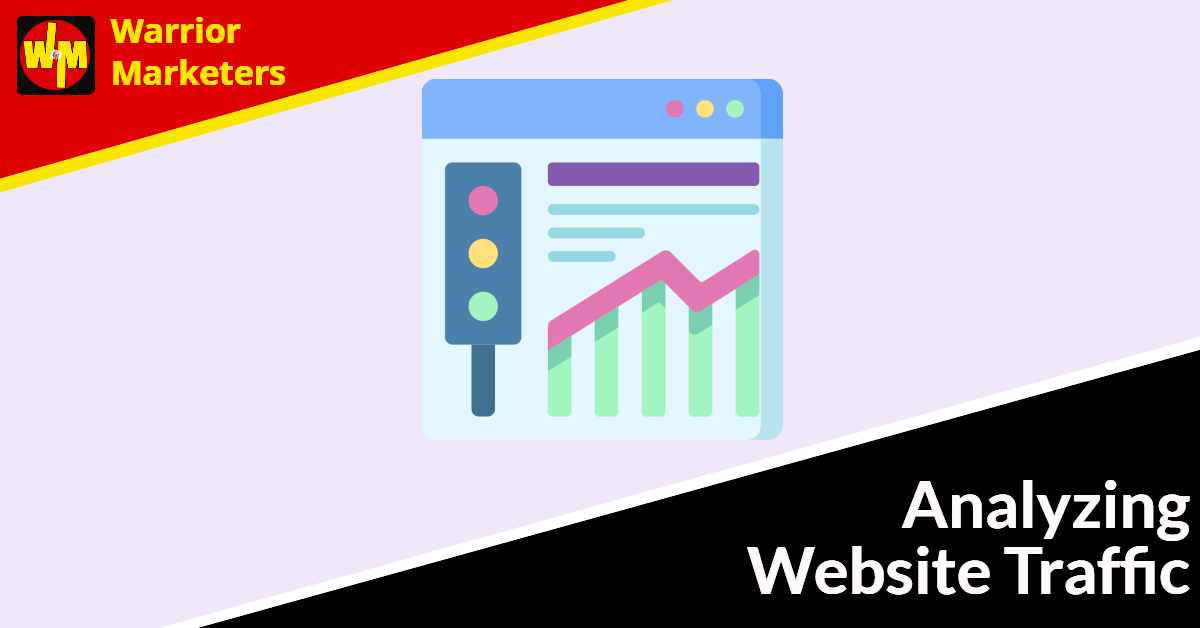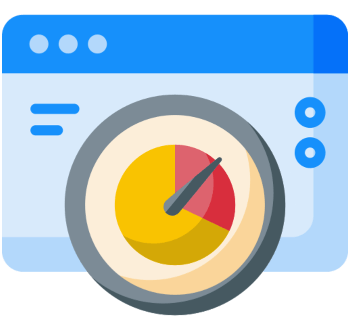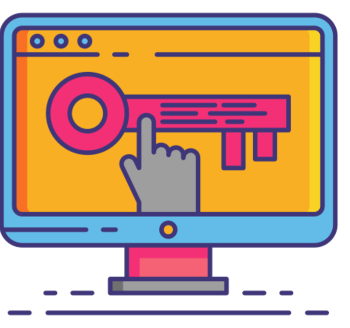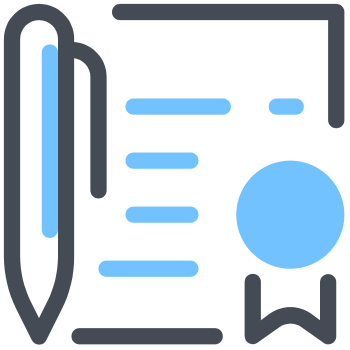web traffic
Analyzing Website Traffic

Analyzing your web traffic statistics can be an invaluable tool for a number of different reasons. But before you can make full use of this tool, you need to understand how to interpret the data.
However, the data you receive from your host company can be overwhelming if you don’t understand how to apply it to your particular business and website. Let’s start by examining the most basic data – the average visitors to your site on a daily, weekly, and monthly basis.
Monitor Average Visitors

These figures are the most accurate measure of your website’s activity. It would appear on the surface that the more traffic you see recorded, the better you can assume your website is doing, but this is an inaccurate perception.
You must also look at the behavior of your visitors once they come to your website to accurately gauge the effectiveness of your site.
If you think about the fact that a hit can simply equate to the number of graphics per page, you will get an idea of how overblown the concept of hits can be.
For example, if your homepage has 15 graphics on it, the server records this as 15 hits, when in reality we are talking about a single visitor checking out a single page on your site. As you can see, hits are not useful in analyzing your website traffic.
The more visitors that come to your website, the more accurate your interpretation will become. The greater the traffic is to your website, the more precise your analysis will be of overall trends in visitor behavior. The smaller the number of visitors, the more a few anomalous visitors can distort the analysis.
Monitor Time Spent On Site

The aim is to use the web traffic statistics to figure out how well or how poorly your site is working for your visitors. One way to determine this is to find out how long on average your visitors spend on your site.
It could be that your keywords are directing the wrong type of visitors to your website, or that your graphics are confusing or intimidating, causing the visitor to exit rapidly.
Use the knowledge of how much time visitors are spending on your site to pinpoint specific problems, and after you fix those problems, continue to use time spent as a gauge of how effective your fix has been.
Monitor Page Performance

Additionally, web traffic stats can help you determine effective and ineffective areas of your website. If you have a page that you believe is important, but visitors are exiting it rapidly, that page needs attention.
You could, for example, consider improving the link to this page by making the link more noticeable and enticing, or you could improve the look of the page or the ease that your visitors can access the necessary information on that page.
As you can see, these statistics will reveal vital information about the effectiveness of individual pages, and visitor habits and motivation.
This is essential information to any successful Internet marketing campaign.
Monitor Exit Pages

Your website undoubtedly has exit pages, such as a final order or contact form. This is a page you can expect your visitor to exit rapidly. However, not every visitor to your site is going to find exactly what he or she is looking for, so statistics may show you a number of different exit pages.
Once you pinpoint potential weaknesses on that page, minor modifications in content or graphic may have a significant impact on the keeping visitors moving through your site instead of exiting at the wrong page.
Monitor Keywords

After you have analyzed your visitor statistics, it’s time to turn to your keywords and phrases. Notice if particular keywords are directing a specific type of visitor to your site. The more targeted the visitor – meaning that they find what they are looking for on your site, and even better, fill out your contact form or make a purchase – the more valuable that keyword is.
However, if you find a large number of visitors are being directed – or should I say misdirected – to your site by a particular keyword or phrase, that keyword demands adjustment. Keywords are vital to bringing quality visitors to your site who are ready to do business with you.
Finally, if you notice that users are finding your website by typing in your company name, break open the champagne! It means you have achieved a significant level of brand recognition, and this is a sure sign of burgeoning success.
As you can see, measuring website traffic can be difficult to do accurately as it is as much an art as it is a science, but it can at least give you a rough idea of how your website is performing so it is well worth the effort to investigate.
And if you want to learn more about converting those visitors into opt-ins and sales, then check out the featured resource below where you can download a free Conversion Boost report; download, read it and take action 😊

How To Make The Most Of Your Traffic And Monetize It

If you are a marketer of any description you will know that traffic is the lifeblood of any business.
Simply put: No traffic, no business!
A lot of marketers get so caught up in tracking their traffic stats that they forget to make the most of that traffic. Tell you what, traffic is worthless if your visitors aren’t buying what you’re selling, joining your list, or taking some other important action.
So how do you make the most of your traffic and monetize it?
First off, make sure you are indeed bringing targeted traffic to your site. You don’t want just anybody visiting your website or hitting your sales/squeeze pages. Do this and you’ll wonder why you’re getting a lot of visitors but no sign-ups or sales!
So, whatever methods you are using to drive traffic to your website, make sure you have your targeting dialled in and you know your ideal customer is to make the most out of your website traffic.
And secondly, use this little “traffic checklist” to monetize that traffic…
Determine Your Primary Goal

The first thing you need to do is figure out the primary goal for EACH page of your website. Depending on the page, this primary goal (and monetization strategy) might involve getting your visitor to:
- Make a purchase
- Take advantage of an upsell offer
- Join your list.
- Call you.
- Fill out a form.
- Share content/tell their friends.
- Enter a contest.
- Click on a link.
- Clicking on ads, including affiliate offers and AdSense ads.
- Complete a CPA (cost per acquisition) offer, such as filling out a credit card application.
- Read or watch content.
- Visit you offline (if you run a brick and mortar store).
- Ask for a free consultation.
- Register for an event, such as a webinar or contest.
Here are two best practices when it comes to monetizing traffic:
- Be sure to pick just ONE primary goal for each web page (and, overall, one primary goal for your website as a whole). Because if you create a page with multiple goals, your prospect may get confused and not take any action at all.
- Focus on your own products first. There are plenty of ways to monetize traffic as mentioned above, including putting offers from third parties in front of your visitors. Be sure to focus on promoting your OWN offers first, as this will always be more profitable (because you get both the profits and the list).
Next…
Design Your Site Around Your Primary Goal

Now you need to design each page of your website around your primary goal.
For example:
- If you’re designing a lead page with the goal of growing your list, then remove all other content and extraneous links, so that the page is focused on getting people to join your list.
- If your goal is directly sell a product, then create a high-response sales letter and plug up sales leaks such as external links.
- If your goal is to get people to click on AdSense ads, then create highly engaging content and embed those ads within the content.
Next…
Create An Exit Traffic System

Despite your best efforts, people are going to hit the back button on your site and bail out without joining your list, without buying a product, and without clicking on any ads.
That doesn’t mean that they’re poor-quality visitors who’ll never buy anything from you. Instead, it could mean they just didn’t see the right offer, or they’re in a hurry, or you didn’t sufficiently persuade them to take action.
For example, redirect your exit traffic to a highly enticing lead magnet so that you can get people on your list before they leave your site. For best results, create multiple lead magnets so that you can offer the lead magnet that is directly related to the page the visitor was viewing before they tried to leave the site.
For instance, if your visitor was reading a blog article about how to set up a Facebook ad campaign, then offer them a lead magnet (such as a report) that gives in-depth instruction and “done for you” ad templates.
TIP: Don’t know how to redirect exit traffic to another page or create an exit pop? No problem. You can search for “exit traffic scripts” in your favorite search engine, or you can use a service such as Thrive Leads or Conversion Gorilla.
Many folks will say that they don’t like exit pops or redirects, especially marketers, but the simple fact is, they work but use them sparingly.
And finally…
Test And Tweak Everything

One of the best ways to monetize your traffic is to test and track all parts of the process to find out what really works.
Specifically:
- Test offers to see which ones appeal the most to your visitors.
- Test ad and link placements, including in the header, footer, sidebar, and directly embedded in content.
- Test your headlines, benefits and calls to action to see which improve conversions.
- Test your upsells to increase your per-transaction value.
- Test the design of your pages to improve overall response.
Let’s wrap things up…
Conclusion

So there you have it – a quick and effective checklist for making the most money with your traffic.
To recap:
- Pick one primary monetization goal.
- Design your web pages around this primary goal.
- Test and track everything to optimize response.
As you can see, this “traffic checklist” is pretty simple, but very effective! So put this plan to work for you today to start making more money from all your traffic.



